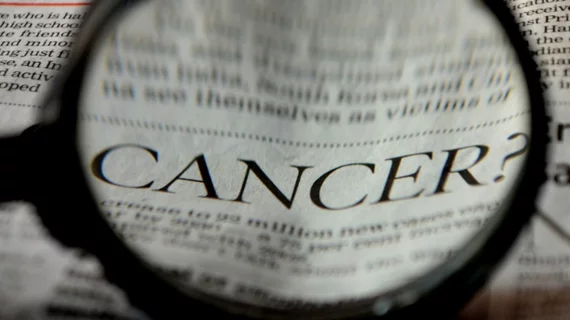Optoacoustic ultrasound can help radiologists improve the specificity of breast imaging without leading to a loss in sensitivity, according to a new study published in the American Journal of Roentgenology.
“These criteria are necessary to decrease false-positives, including the percentage of benign biopsies, without increasing false-negatives,” wrote Erin I. Neuschler, MD, department of radiology at the Northwestern University Feinberg School of Medicine in Chicago, and colleagues.
For this prospective study, radiologists used gray-scale ultrasound and optoacoustic imaging to assess 94 breast masses that had already received a BI-RADS score of 3, 4 or 5 from one of seven different facilities.
Overall, the sensitivity of optoacoustic ultrasound and gray-scale ultrasound was 97.1 percent. Optoacoustic ultrasound had a specificity of 44.3 percent, and internal gray-scale ultrasound had a specificity of 36.4 percent. Optoacoustic ultrasound helped radiologists downgraded more than 41 percent of benign masses or BI-RADS category 3 masses to BI-RADS category 2. In addition, more than 36 percent of BI-RADS category 4A masses were downgraded to BI-RADS category 3 or 2, and more than 10 percent of BI-RADS category 4B masses were downgraded to BI-RADS category 3 or 2.
These statistics suggest optoacoustic ultrasound has potential to significant impact patient care for many patients.
“The number of steps a mass can be downgraded and the final BI-RADS category to which a mass can be downgraded determine the potential effect on patient management,” the authors wrote. “A one-step downgrade of BI-RADS category 4A benign masses to BI-RADS category 3 and a two-step downgrade of BI-RADS category 4B masses to BI-RADS category 3 has the potential to decrease biopsies of benign masses. A one-step downgrade of BI-RADS category 3 masses to BI-RADS category 2 has the potential to decrease the need for short-interval follow-up ultrasound examinations over 2–3 years.”

